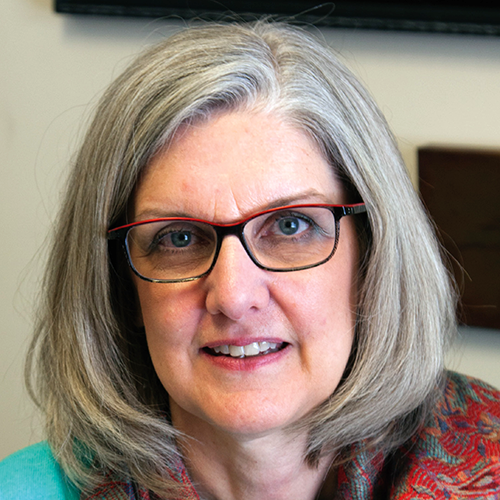2014 Teaching Initiative Award Winner
Karen Flint Stipp, Ph.D.
- Ph.D. in Social Welfare, University of Kansas (2011)
- Assistant Professor, School of Social Work
Teaching philosophy
New adults are not carried from home to college by a surge of interest in academia, but to encounter, to hold, and to think critically about the perspectives informing their global community.
Best moment in my teaching career
Helping undergraduates write research proposals that agencies used to answer local questions. I learned that students want to be stretched. The work was hard, but when they finished they were proud of it. They could use the language of research, and some left the program seeing themselves as practitioners who would use research.
Best compliment from a student
“I have loved having you as a teacher and you’ve been a great mentor as I’ve started my work in the social work field. You are someone I really look up to.”
Three most valuable approaches that I bring to my teaching practice
- I want my learning spaces to be safe enough, and provide a great enough sense of belonging, that students are able to risk the conflict inherent in growth.
- Holding diverse perspectives creates cognitive dissonance. It is easier in the short run to talk down another’s perspectives, but I try to support the conflict that comes from experiencing disparate ideas.
- Discourse, which includes understanding, and questioning, understanding more deeply and broadly, and questioning again, supports students in building stronger justice lenses.
Teaching technique to recommend
I try to listen and learn from them, because I need their insight and wisdom. I aspire to encourage my colleagues as much as they encourage and inspire me.

2020-04-30T13:34:32.19-05:00
2020